Mavic officially presented its first headset in 1979 as part of the ‘tout Mavic’ groupset. They first appeared in the professional peloton in 1980.
Mavic covered 2 decades with 4 generations of headsets for quill stems. Don’t worry if you thought they only made 2 models. Some versions look very similar, therefore we will compare them to emphasize the differences. Using the overview image below, you will never mistake one for the other, ever again.
Overview
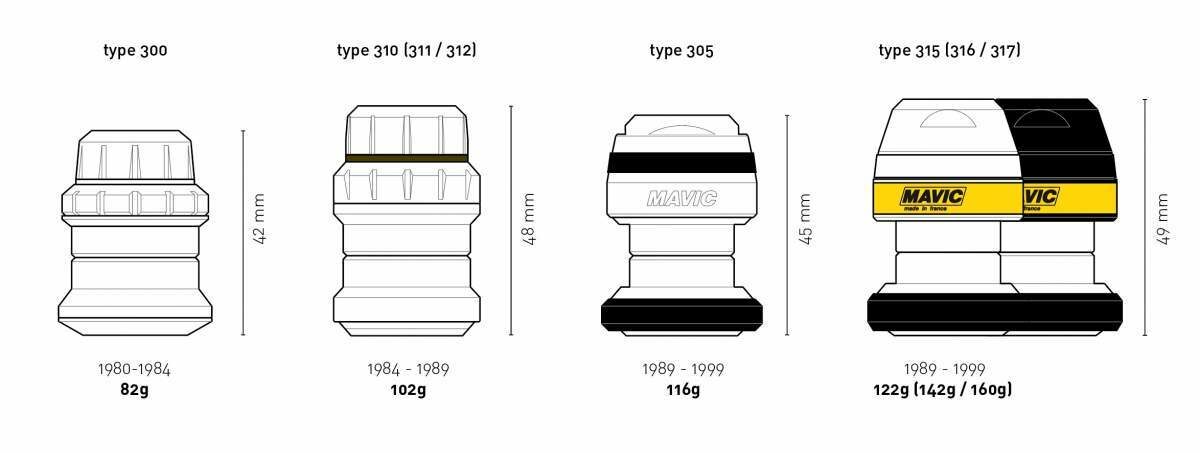
Whether Mavic designed and produced their own headsets is confirmed nor denied. However, it is very likely that Mavic did outsource most part of the development and production of their headsets because:
- Mavic has had a habit of working together with other European brands. Mavic developed and produced some of its own components and collaborated with trustworthy European manufacturers such as Modolo, Simplex and Stronglight to complete their groupsets.
- Mavic is known for its sealed bottom brackets and hubs with industrial bearings. Wouldn’t they be using the same technology for their headsets if they developed them from scratch?
Mavic type 300 headset: presented in 1979
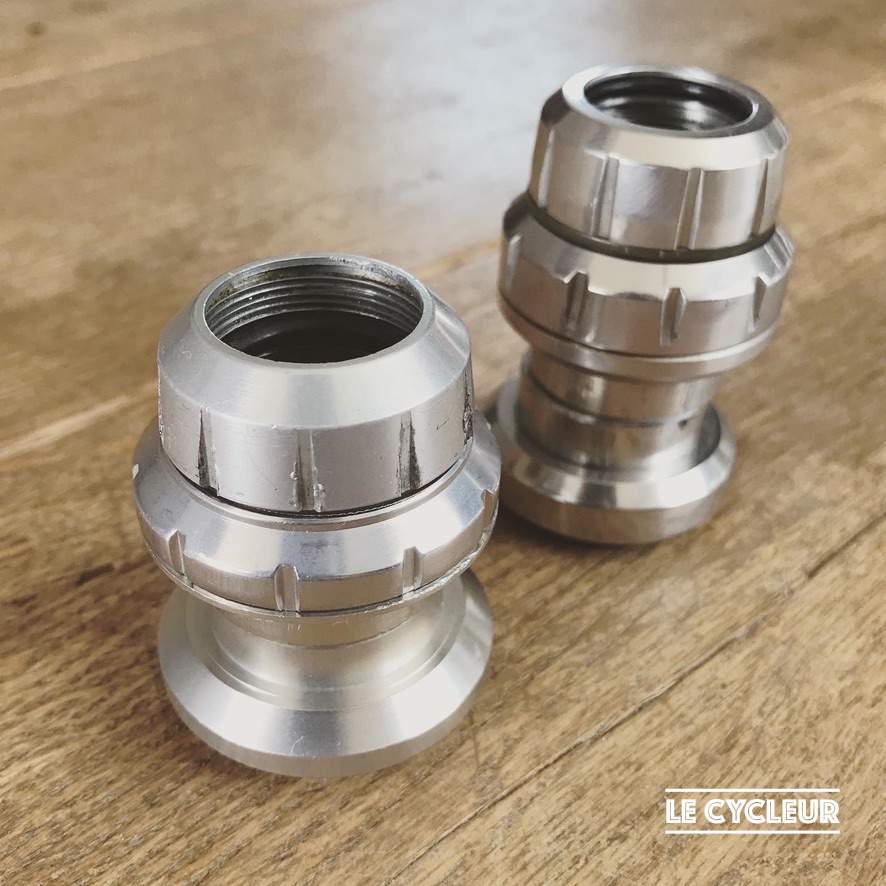
The first Mavic headset (left) was clearly inspired by the iconic JPR headset, which dominated the French lightweight scene at that time. Mavic however opted for a more classic 2-nut fixation system, whilst JPR had reduced it to one top nut, saving another 2 grams.
This first generation used all aluminium races and loose balls, resulting in a very lightweight headset (82g). Despite its all aluminium races, it was still relatively durable thanks to the design of the overlapping upper nuts in combination with a simple yet effective rubber seal that also doubled as a friction washer to tighten the nuts.
Specifications:
- All aluminium races
- Loose ball bearings
- Loose rubber ring seal
- Stack Height: 42 mm
- Weight: 82g
Variations
Mavic made both Italian/BSC and French versions of the headset but didn’t have separate references for the complete headset since they only changed the threaded nuts. See illustration from the 1980 Mavic catalogue below.

Mavic 310 series headset: 1984 – 1988
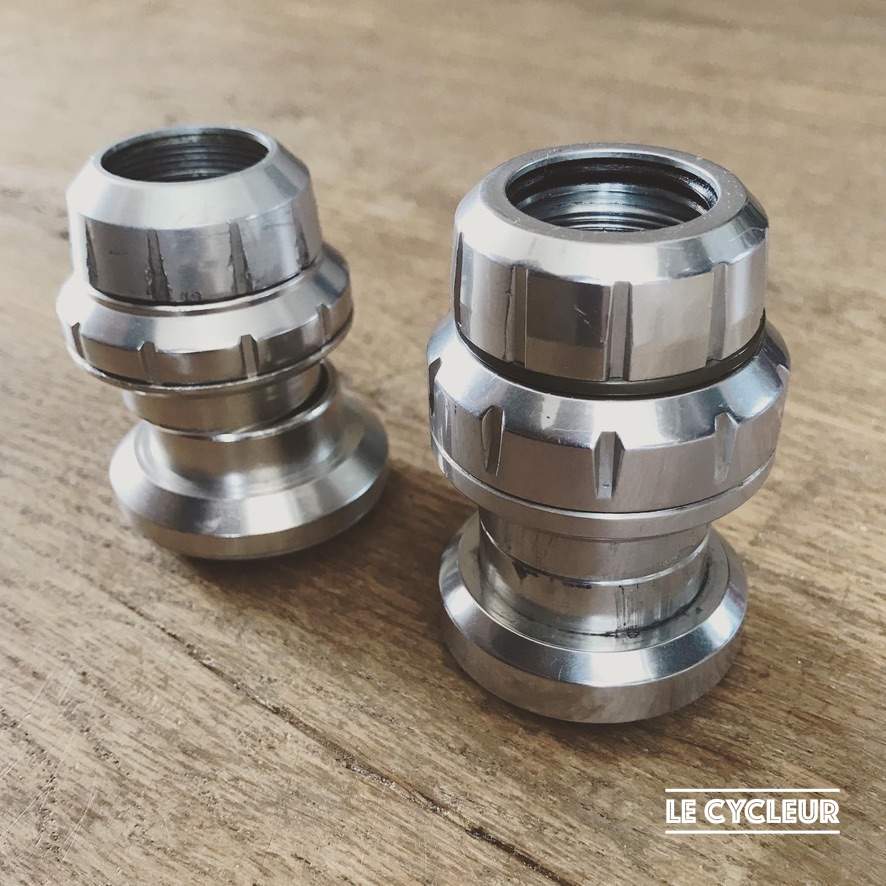
At first sight, these 310 series (right) look very similar to the 300 series (left) from the outside, apart from the increased stack height – 48 versus 42 mm.
However, once we take a closer look and reveal the interior, the differences become clear, and you’ll notice that Mavic sincerely upgraded the lifespan of the headset:
The integrated all aluminium races and loose balls are traded for steel races and caged ball bearings. The simple rubber seal was also replaced with an integrated rubber top nut seal, which required the addition of a ‘classic’ aluminium friction washer. In 1984 Mavic had also introduced the typical dark grey/bronze anodization of the iconic SSC groupset, hence the colour of the friction washer.
Although it was replaced by a more durable 310 series with steel races, caged ball bearings and integrated rubber top nut seal in 1984, the weight difference (82g vs. 102g) made Mavic keep it in the loop for a few more years as some professional riders including Sean Kelly from the Vitus Kas team decide to keep using the first generation (300-series) in mountain stages.
Specifications:
- Steel races
- Caged ball bearings
- Integrated rubber seal in top nut
- Aluminium friction washer
- Stack Height: 45 mm
- Weight: 116g
Variations
Mavic introduced different model references for the Italian/BSC (312) and French (311) versions of the headset:
Mavic 305 series headset: 1989 – 1999
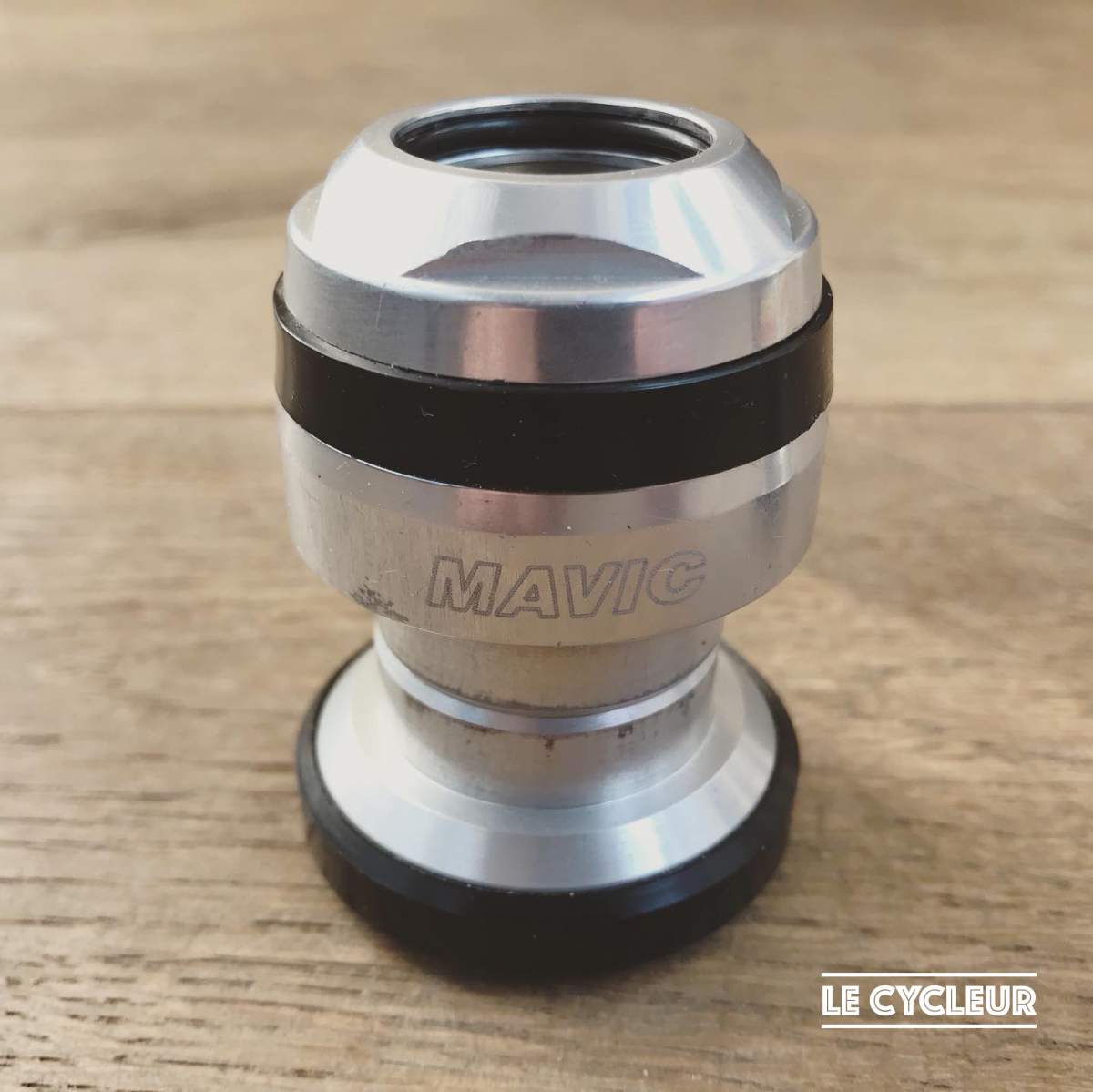
10 Years after the introduction of its first headset, Mavic released a ‘radically’ new design which used the same caged ball bearings, steel races and rubber seal as its predecessor, the Type 310 headset. But It came with an innovative single top nut design with integrated clamp system that was covered with a black rubber band.
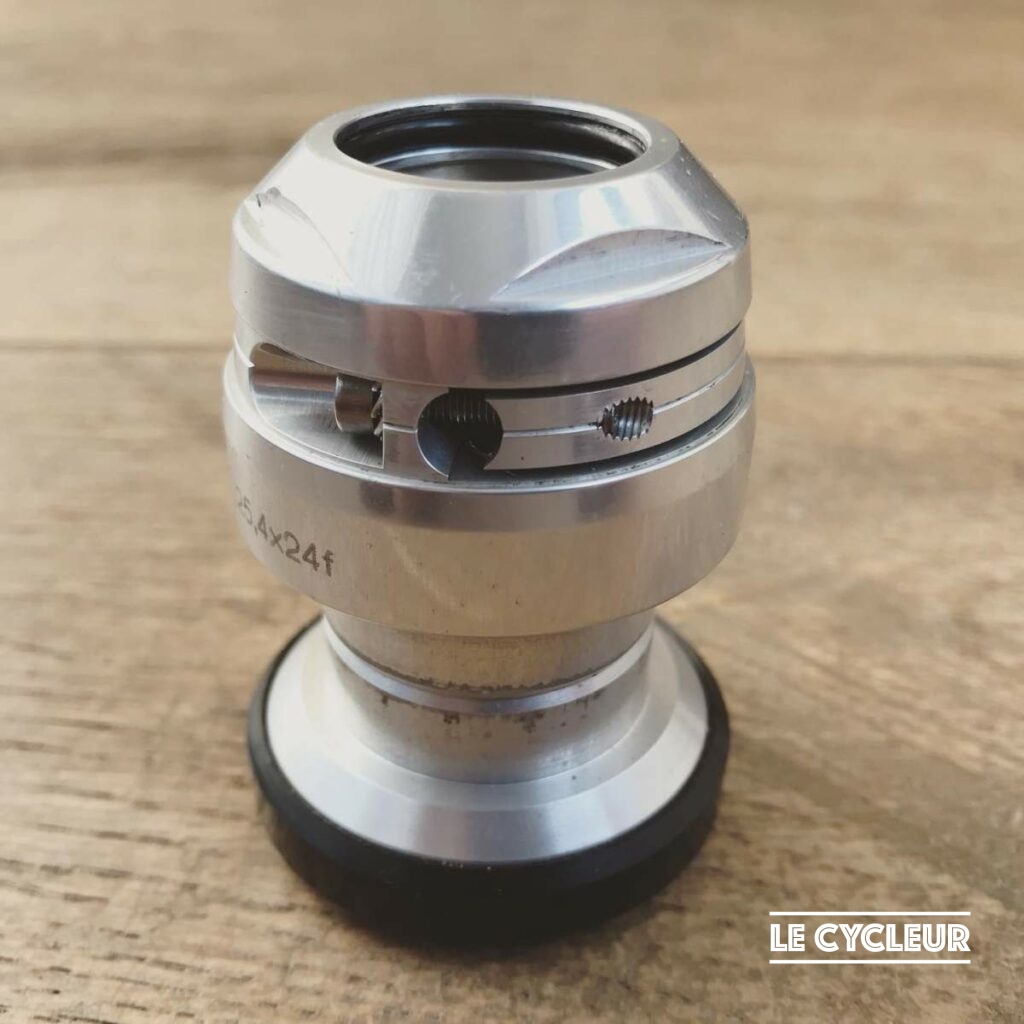
Specifications:
- Single top nut design with integrated clamp system
- Steel races
- Caged ball bearings
- Integrated rubber seal in top nut
- Stack Height: 45 mm
- Weight: 116g
Mavic 315 series headset: 1989 – 1999
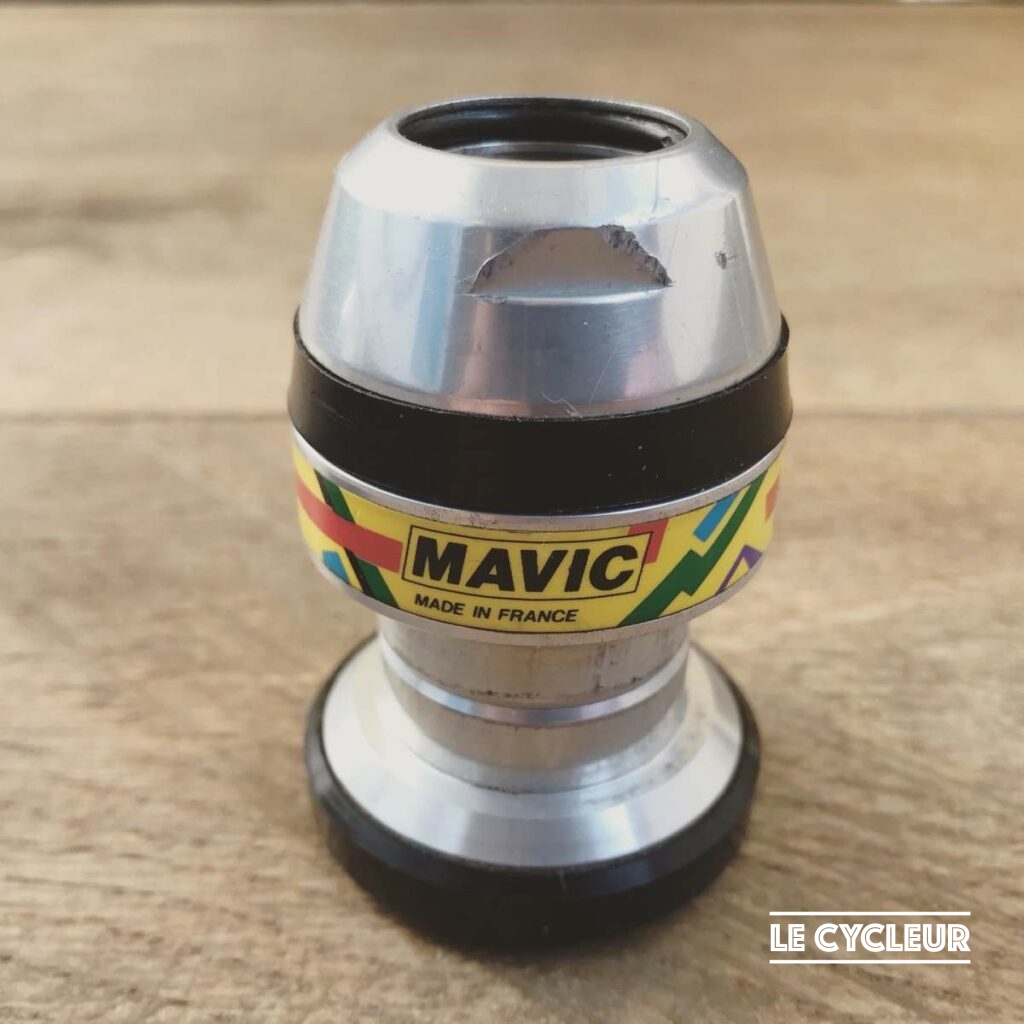
The Type 315 aimed at the mountain bike market. The only difference with the road version is the design of the higher top nut resulting in a stack height of 49 mm (versus 45 mm) and a total weight of 122g (versus 116g).
The Stronglight handwriting is very visible on both this 305 series headset as well as the 315 series.
Stronglight did not have the exact same headset in its collection. However, when hitting the oversized mountainbike market in the mid nineties, Stronglight released the X15-16-17 headset featuring an identical integrated headnut and rubber seal design, an identical interior design but a different bottom race.
Specifications:
- Single top nut design with integrated clamp system
- Steel races
- Caged ball bearings
- Integrated rubber seal in top nut
- Stack Height: 49 mm
- Weight: 122g (315), 145g (316), 155g (317)
Variations
The headset came in a 1″ Italian/BSC (315), 28,6×26 mm (316) and 31,8x26mm (317) version and was available both in a clear aluminium (above) or black anodized (below) version.
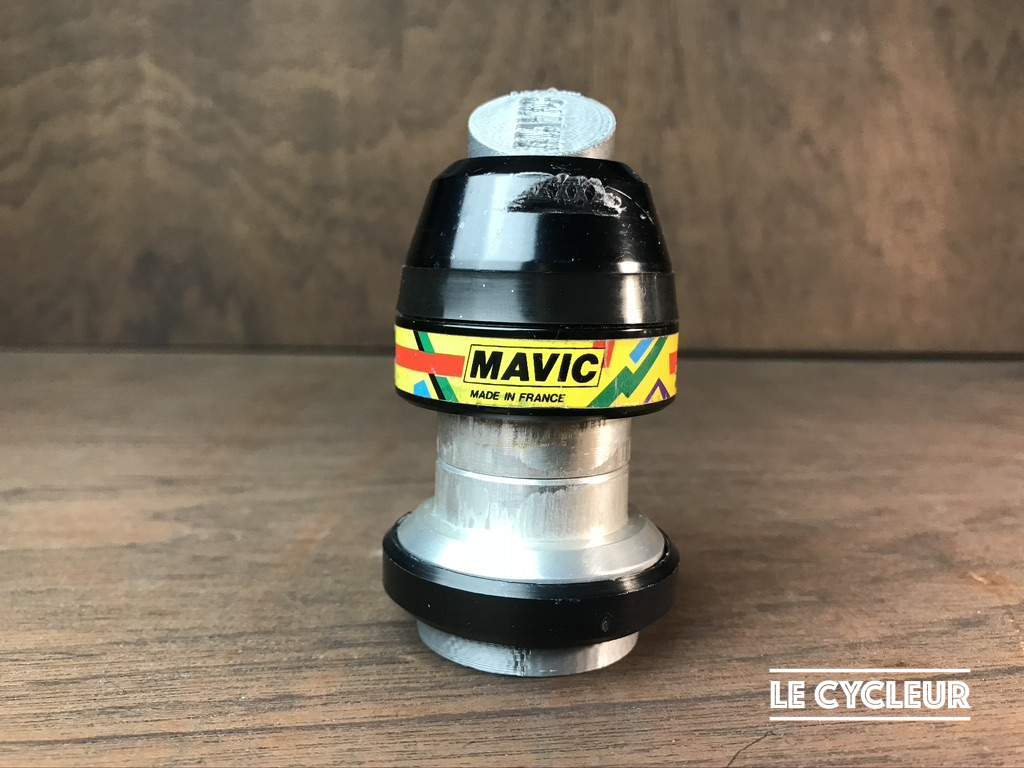
Headset removal tools for Mavic 300 and 310 series
The 300 and 310-series Mavic headsets require specific tools to install and (especially) remove the top nuts for maintenance. Mavic sold specific tools (671/672) for this sole purpose.
These original tools are sufficient to install a new headset in a well-prepared frame or remove a well-maintained headset from a clean bike. Unfortunately, upon removal of older headsets, the original tools easily damage the sensitive top nuts. Therefore, at Lecycleur we developed our own headset tools which have a remarkably larger contact surface and therefore minimize the risk of damaging the fragile vertical ribs on the headset.
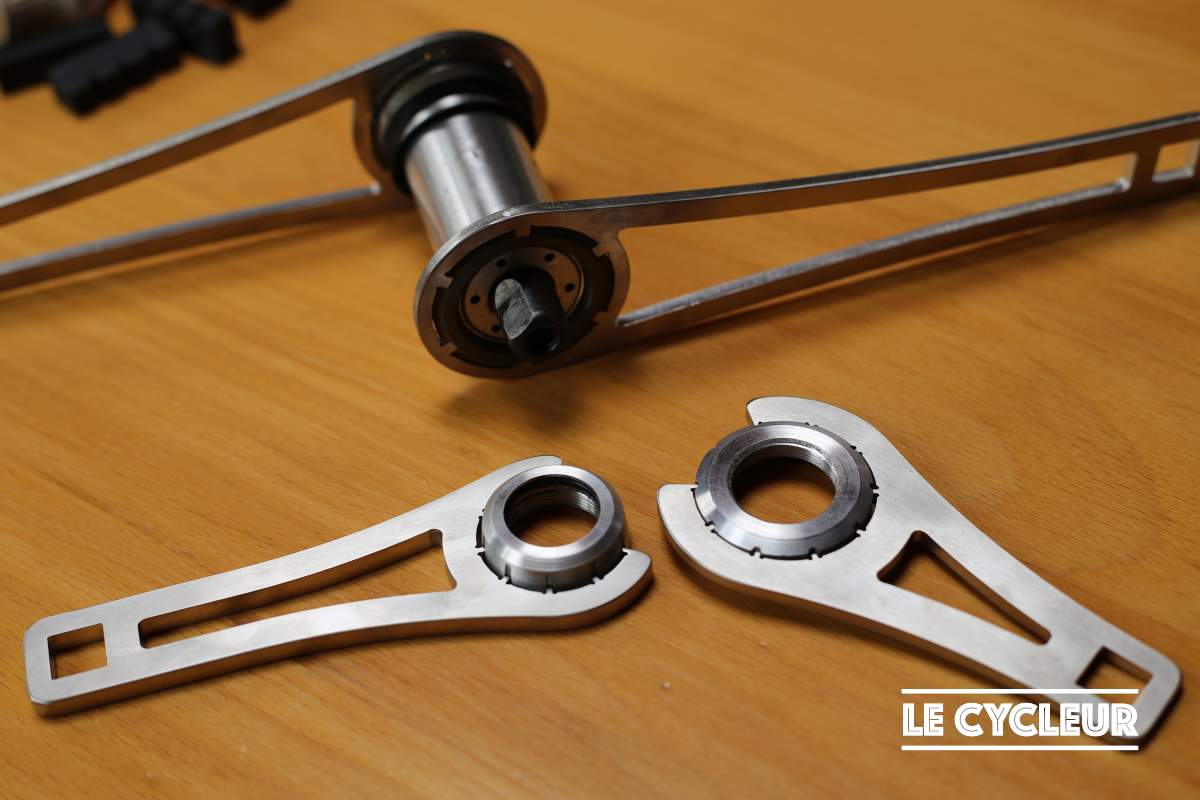
We started with a set of 3D printed headset removal tools and went to a long development and testing phase to finally release a complete set of metal Mavic headset tools. Check them out here.
For an overview of other Mavic parts, check the links below:
We try our best to get all details right before publishing. But if you have any questions, remarks or extra information about the above article or about other Mavic components, we kindly invite you to drop your comment below or send us an e-mail on quickrelease@lecycleur.com
All illustrations are copywrited by Pinkoliv unless mentioned otherwise. Lecycleur is authorized to distribute them online.



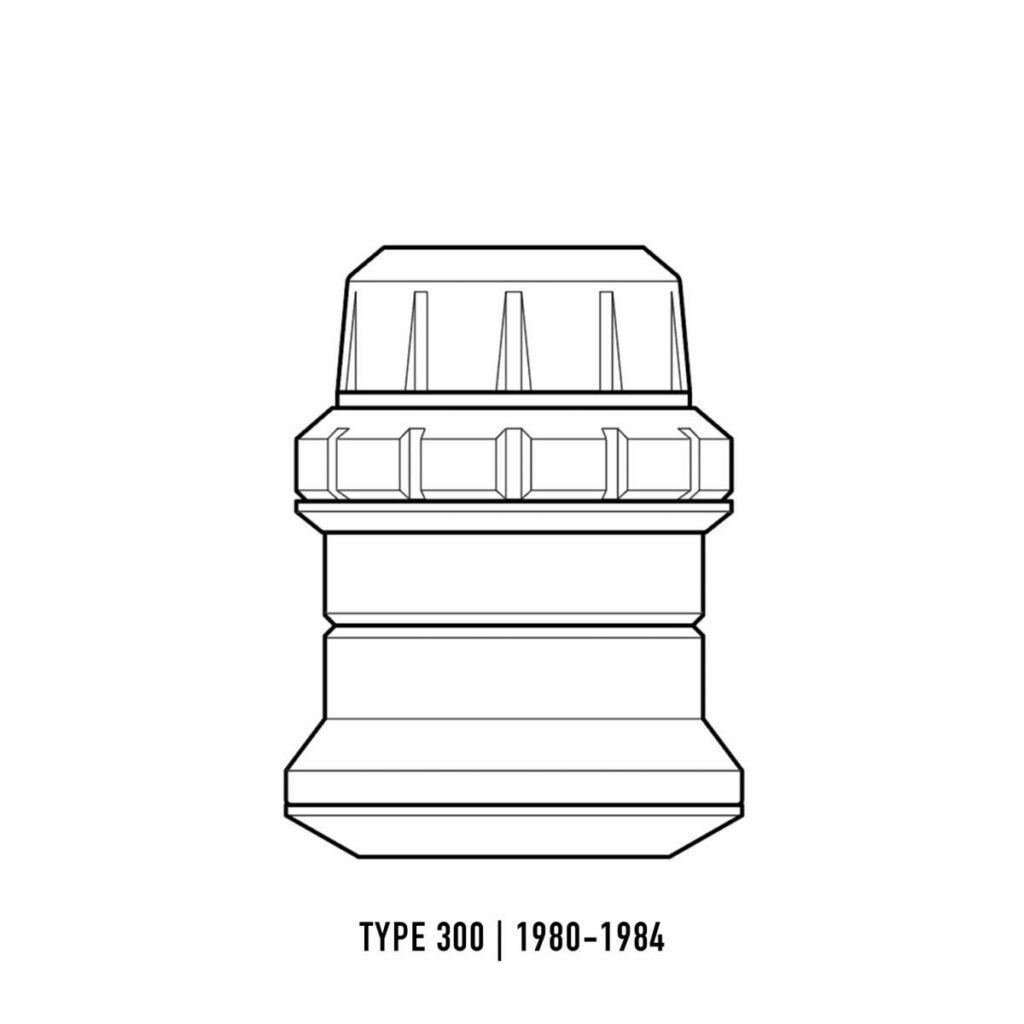

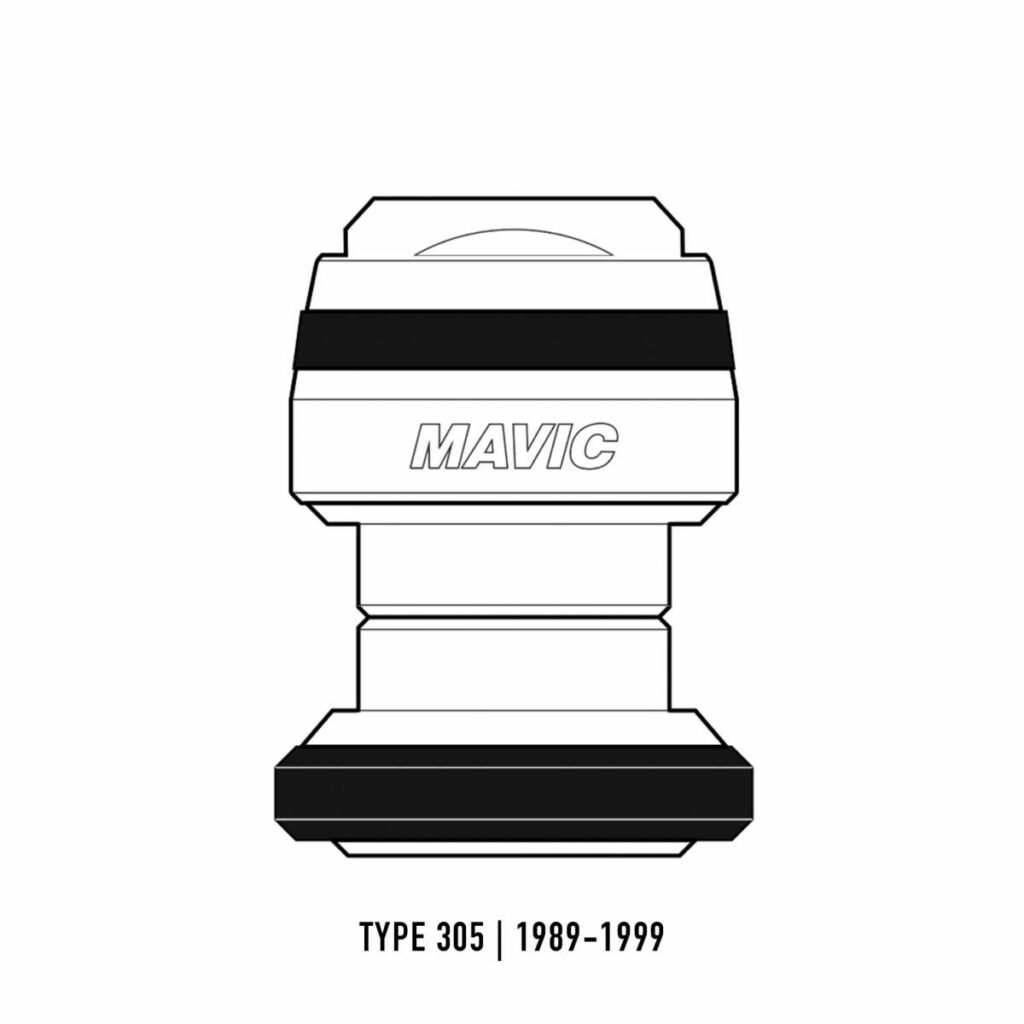
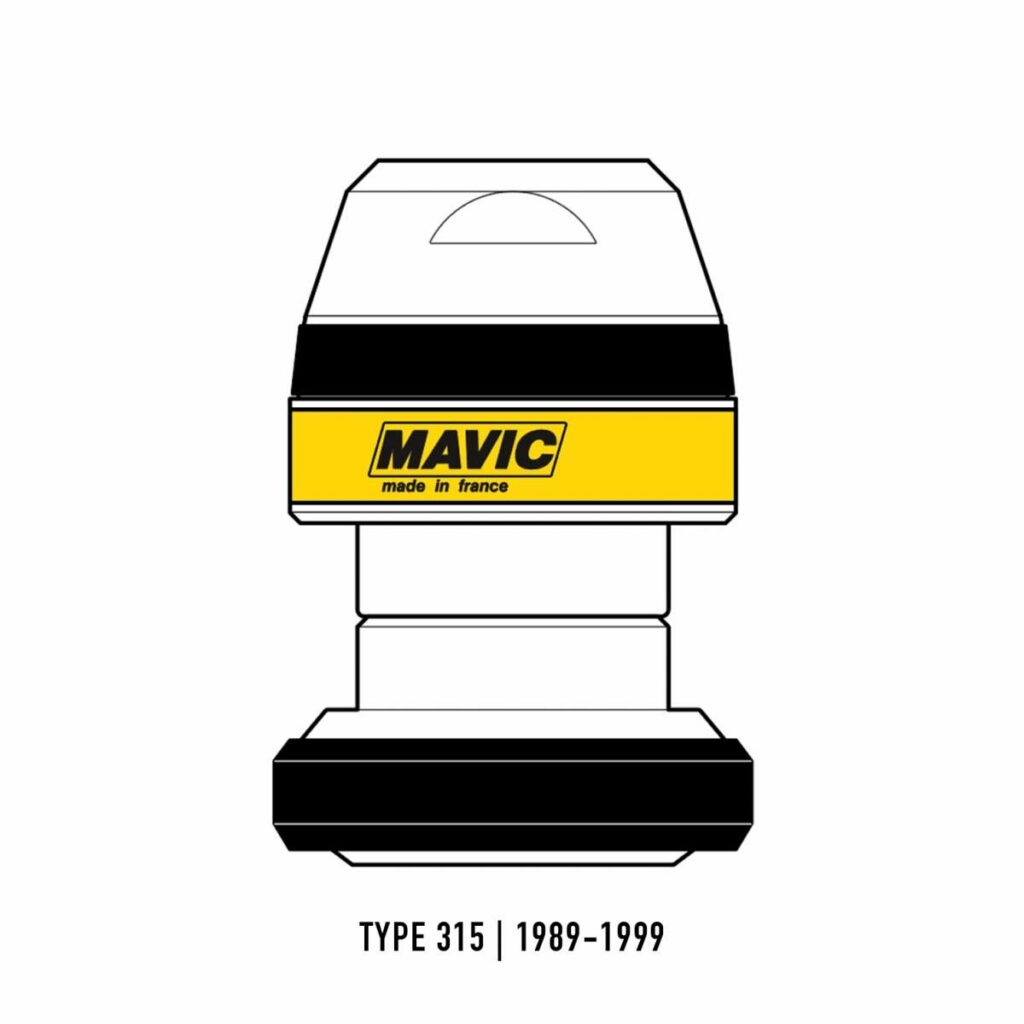
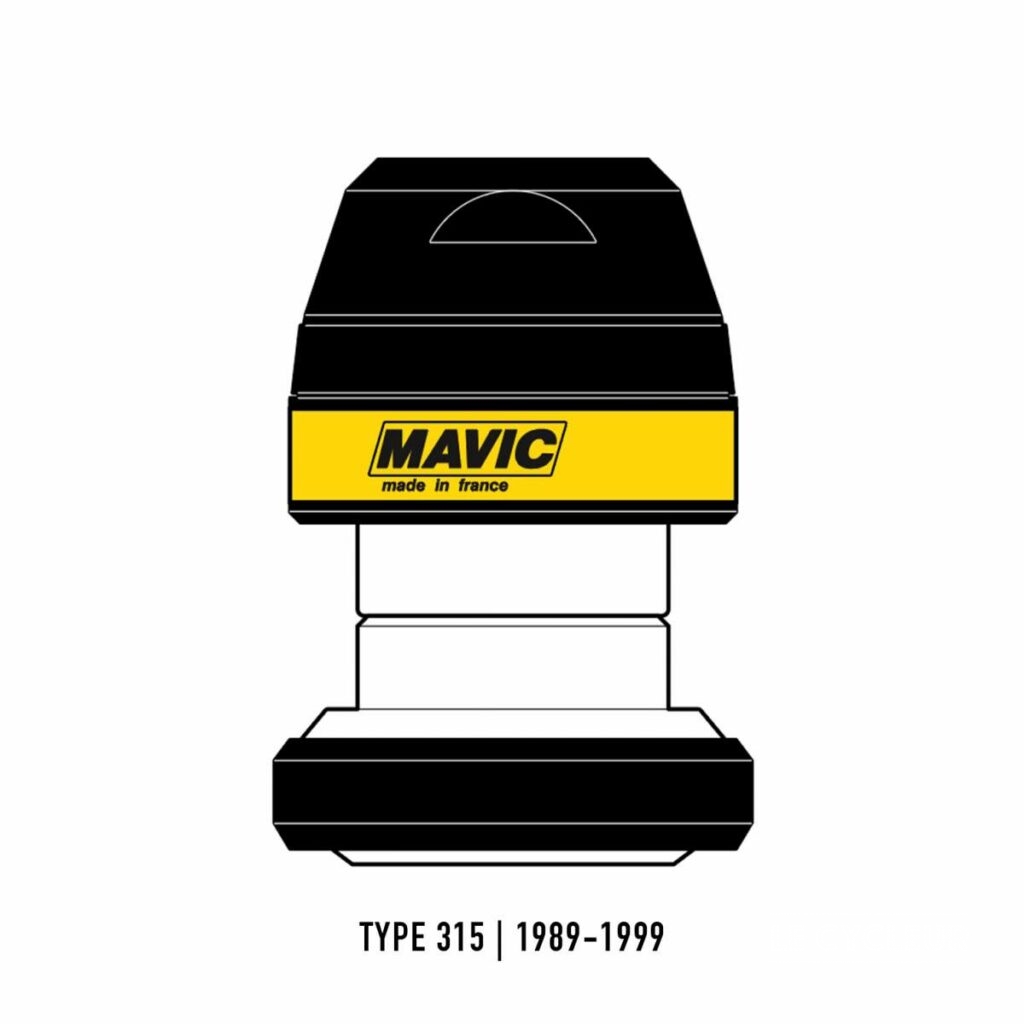
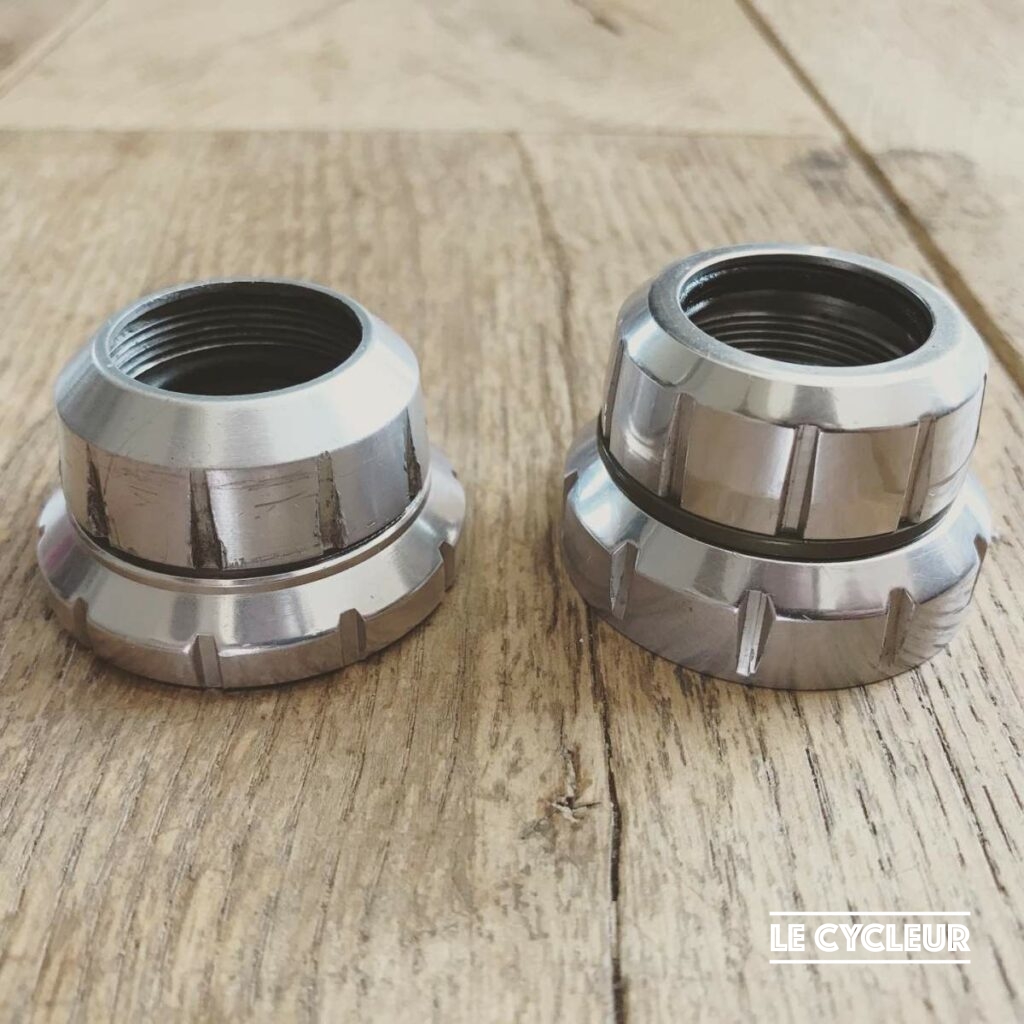

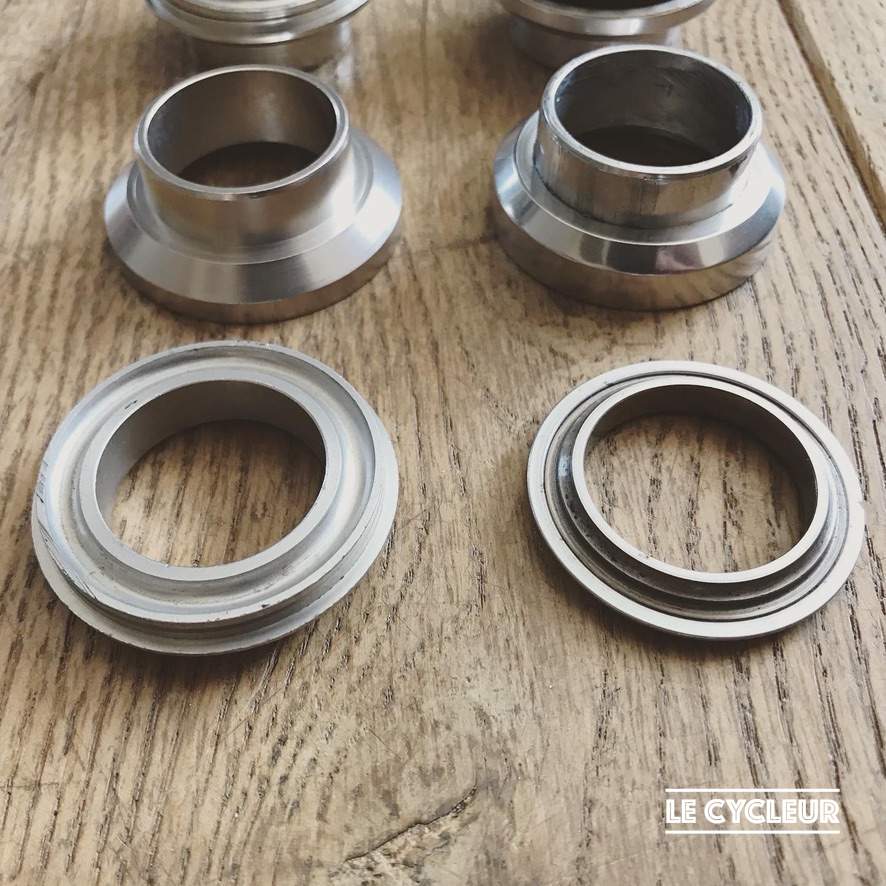
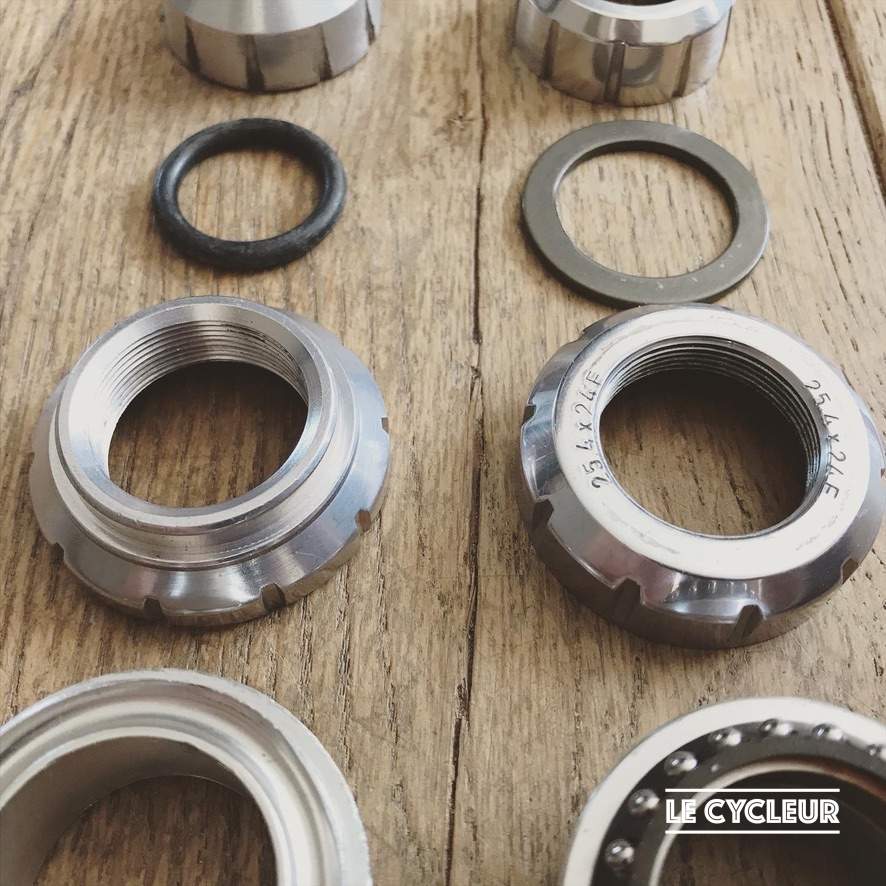
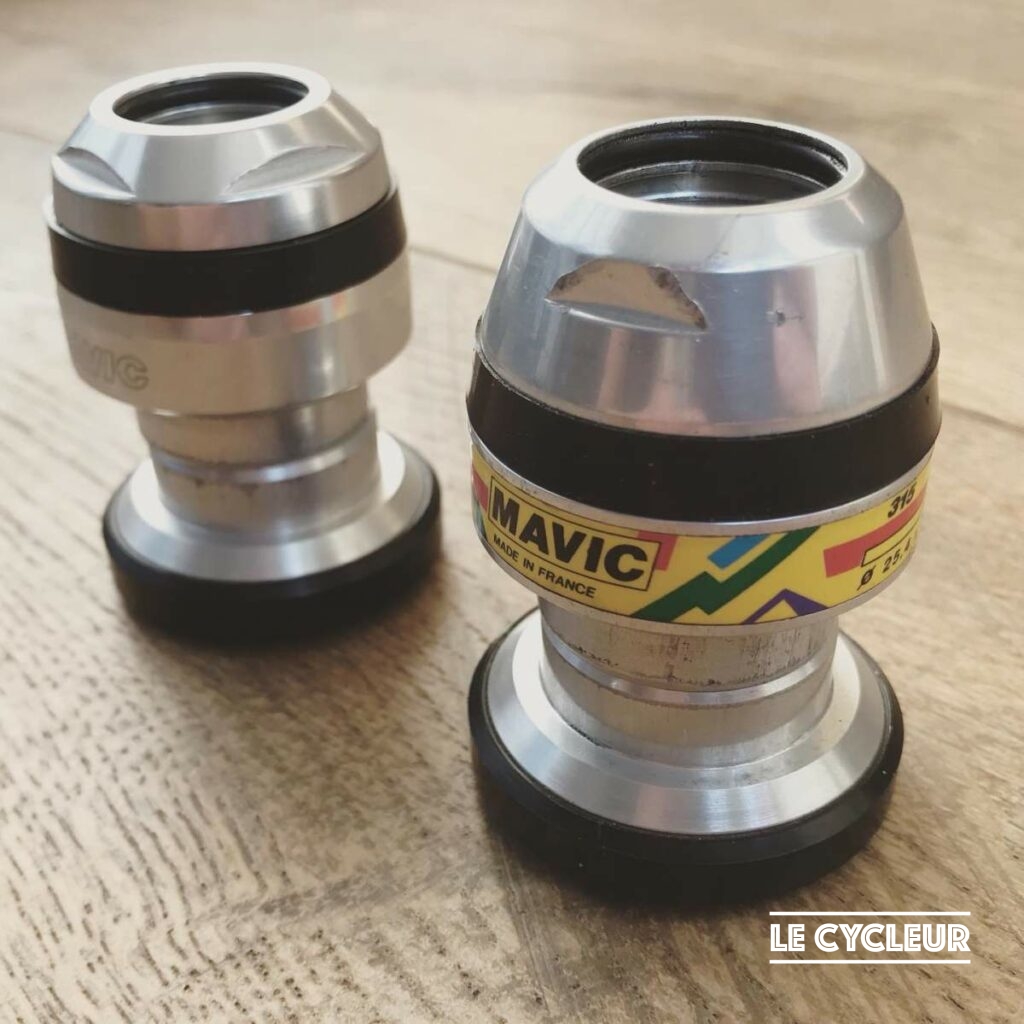
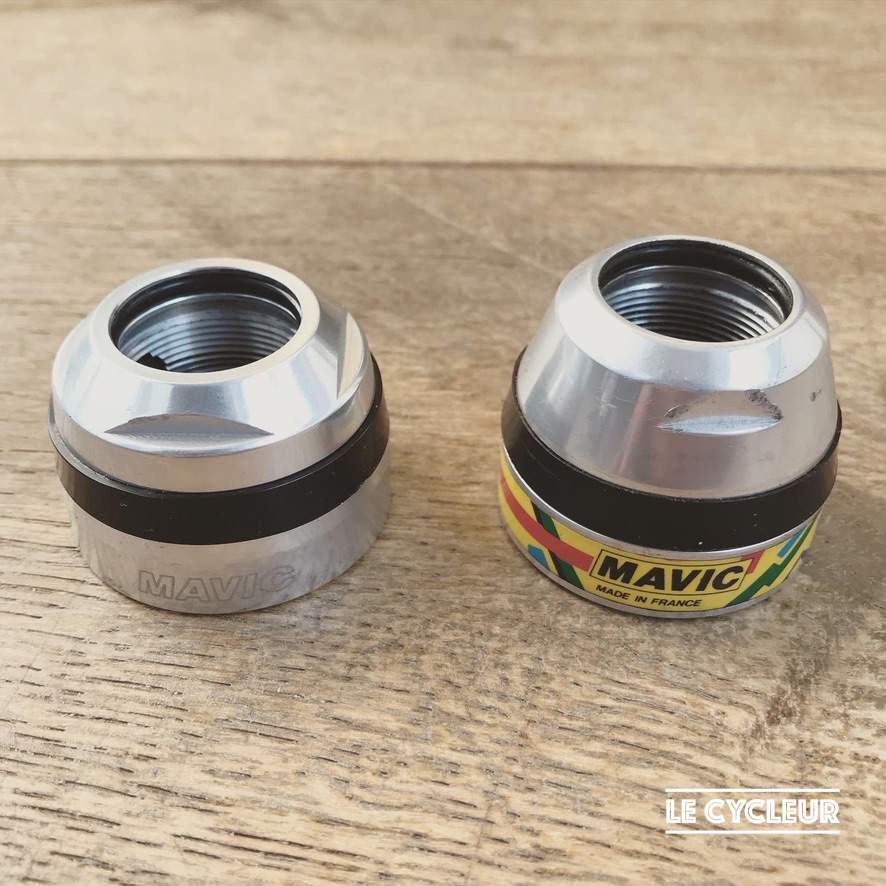
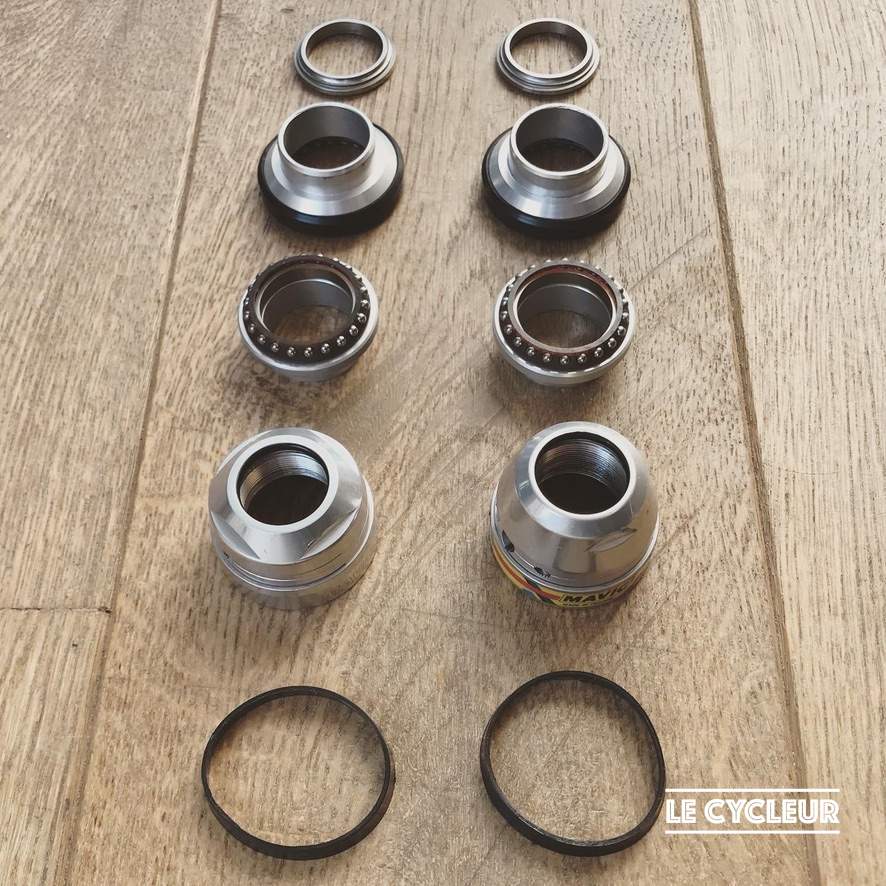
Super!♥️